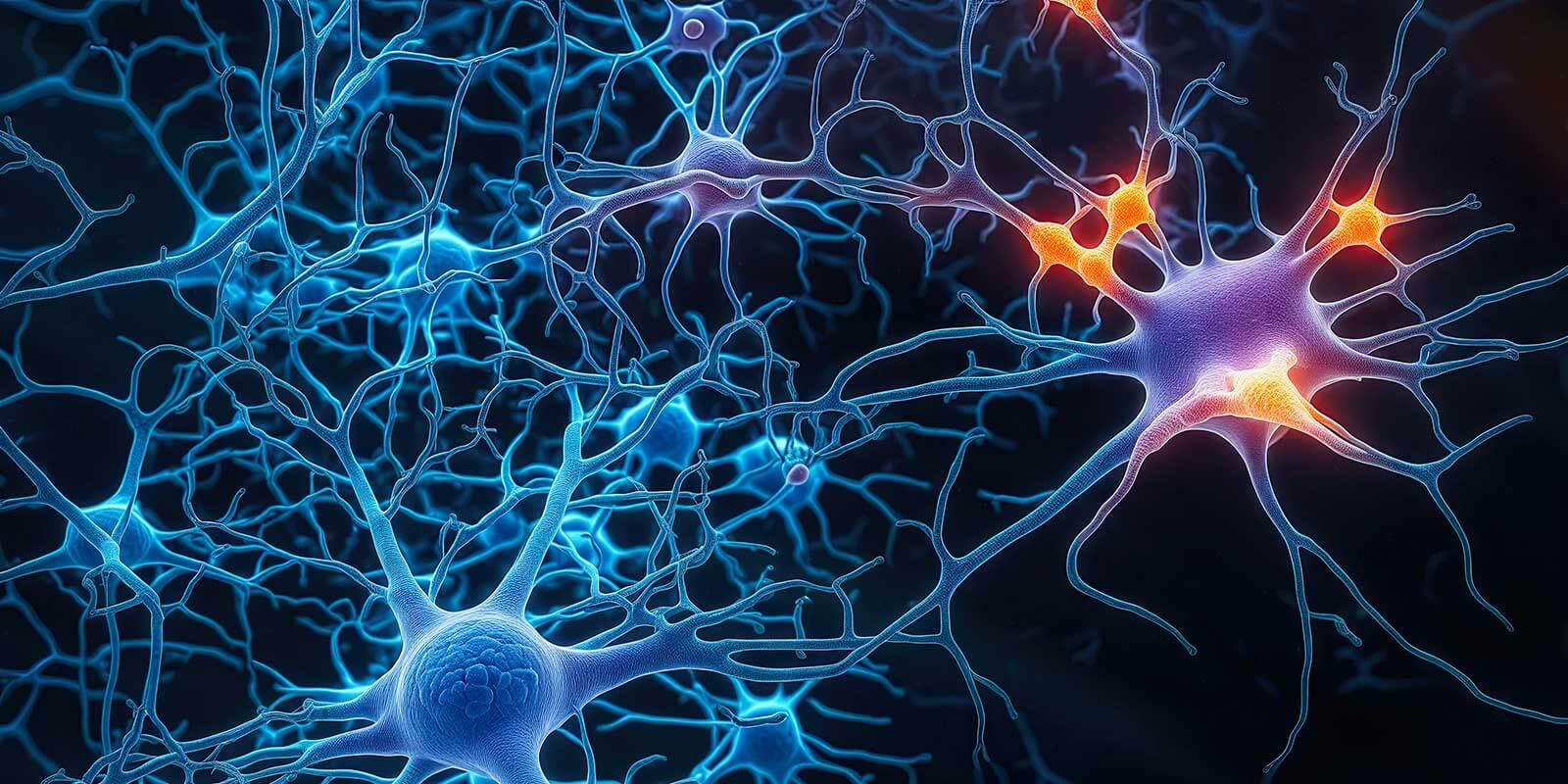
Neurological Research Advances Medical Science Toward New and Improved Treatments
University Hospitals Neurological Institute’s thriving research program is dedicated to swiftly translating groundbreaking findings into better patient care. With collaboration among students, residents and faculty, we have active clinical, basic, and translational research programs.
We are recognized as a leader in neuromodulation, including the sub-disciplines of functional electrical stimulation (FES) and brain-computer interface, technologies variously aimed at restoring function in victims of spinal cord injury, stroke, epilepsy and Parkinson's disease.
Modern methods and equipment are used to investigate various nervous system functions, including neural circuitry and plasticity, development and regeneration, and cellular and molecular neurobiology.
The UH Neurological Institute has made a vast amount of contributions to research in movement disorders, Parkinson’s disorders, Alzheimer’s disease, multiple sclerosis, stroke and neurological surgery.
View Neurology & Neurosurgery Research Articles

Foiling Deadly Prions: Can the course of fatal prion diseases be changed by removing the protein before it goes bad?
UH Selected as Study Site for the Black and African American Connections to Parkinson’s Disease (BLAAC PD) Study
SELECT2 Clot Retrieval & Removal Study for Stroke Patients
SELECT2 is a global randomized controlled trial to evaluate efficacy and safety of endovascular thrombectomy (clot retrieval/removal procedure) in patients with large strokes. with The study enrolled participants at 31 endovascular thrombectomycenters across US, Canada, Europe, Australia and New Zealand between September 2019 and September 2022. The trial was planned with an enrollment goal of 560 patients, but enrollment was halted by the data and safety monitoring committee after 352 patients were randomized due to overwhelming efficacy that crossed pre-specified statistical threshold.
178 patients were assigned to receive endovascular thrombectomy, whereas 174 patients were assigned to receive medical management only. Endovascular thrombectomy was associated with 1.5 times improvement in clinical outcomes, which was measured using modified Rankin Scale score (a 7-point ordinal scoring system, where a score of 0 means no residual stroke symptoms and 6 means death). Endovascular thrombectomy also resulted in almost two-fold increase in patients who could walk without the need of support from others and a three-fold increase in patients who were independent for their daily needs (including bathing, eating and maintaining finances). The risk of symptomatic hemorrhage was similar between patients randomized to receive thrombectomy versus medical care.
While the proportion of patients who were independent for their daily needs and those who could walk independently decreased as the stroke affected brain tissue increased on neuroimaging, even patients with significant stroke related brain tissue injury demonstrated outcomes that were better than those who only received medical care. The outcomes were also largely consistent across various clinically relevant subgroups without evidence of significant heterogeneity.
Innovative Research for Promising Therapies in Brain Health and Memory Disorders
Experts from the Brain Health & Memory Center at University Hospitals Neurological Institute are dedicated to studying and developing promising therapies in the field of brain health, cognition, and memory disorders including Alzheimer’s disease and dementia.
UH Enrolls the First Patient in an International Phase III Clinical Trial
1st trial in US - UH enrolls the first patient in an international phase III clinical trial, CIELO, for autoimmune encephalitis, a rare immune-mediated disorder of the brain. CIELO is a randomized, double-blind study evaluating the safety and efficacy of satralizumab, an interleukin-6 inhibitor, versus placebo.


